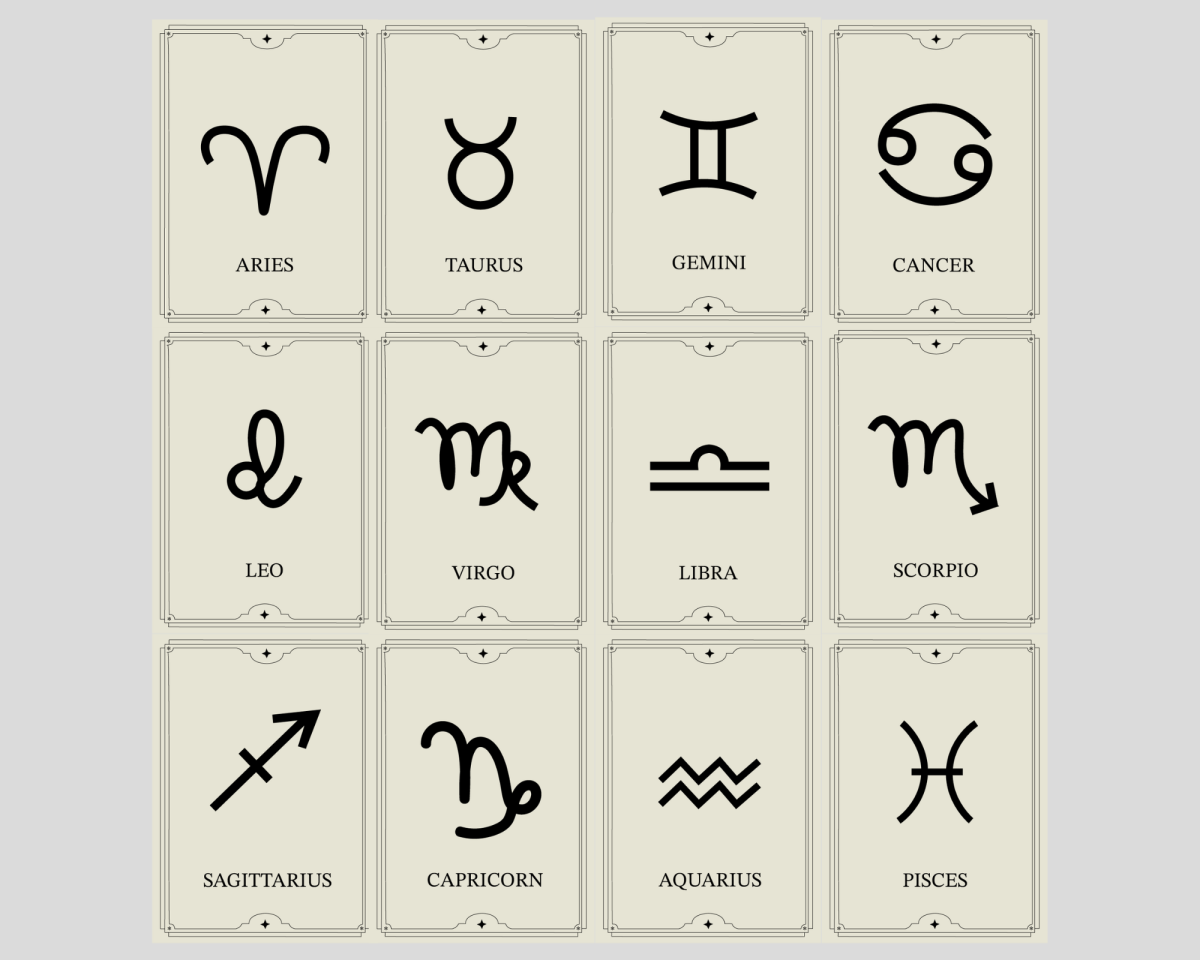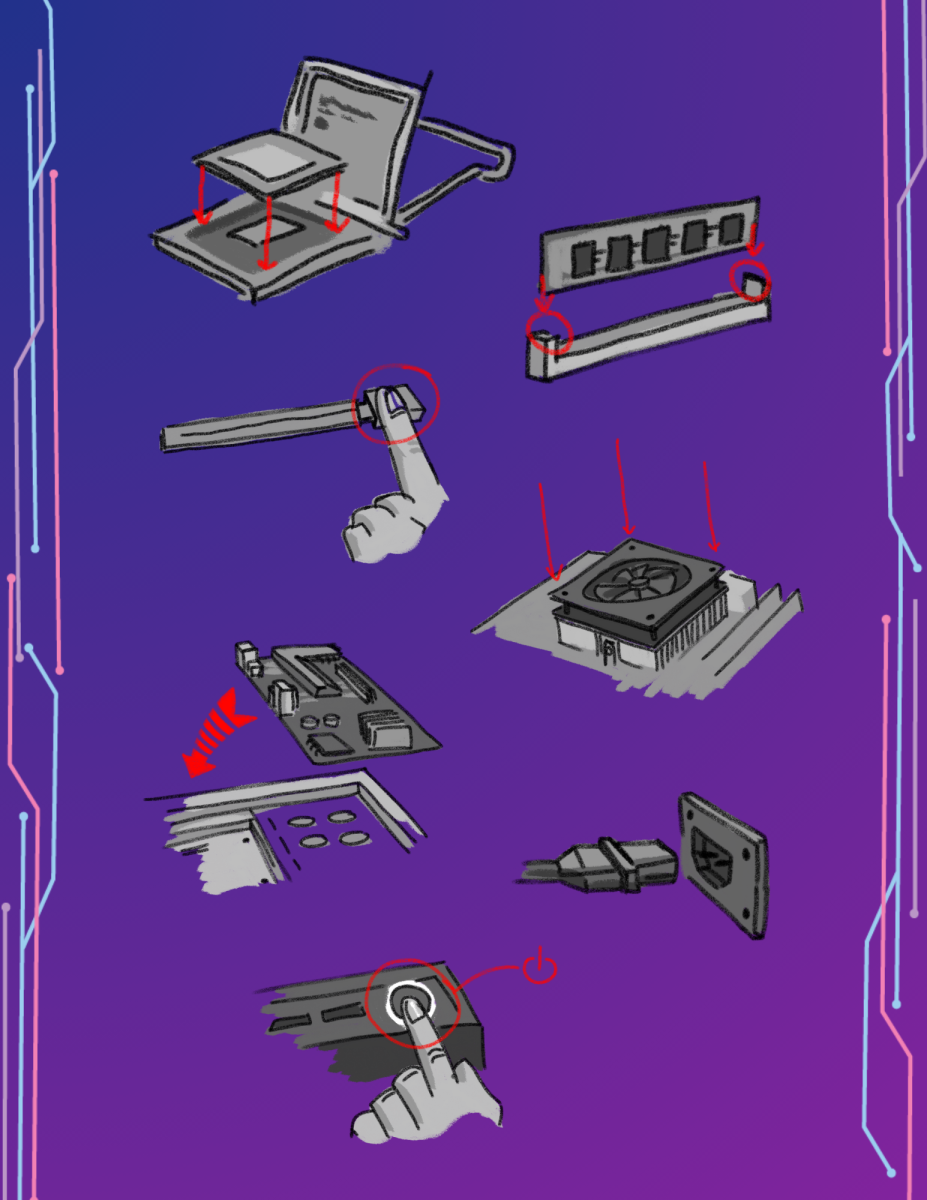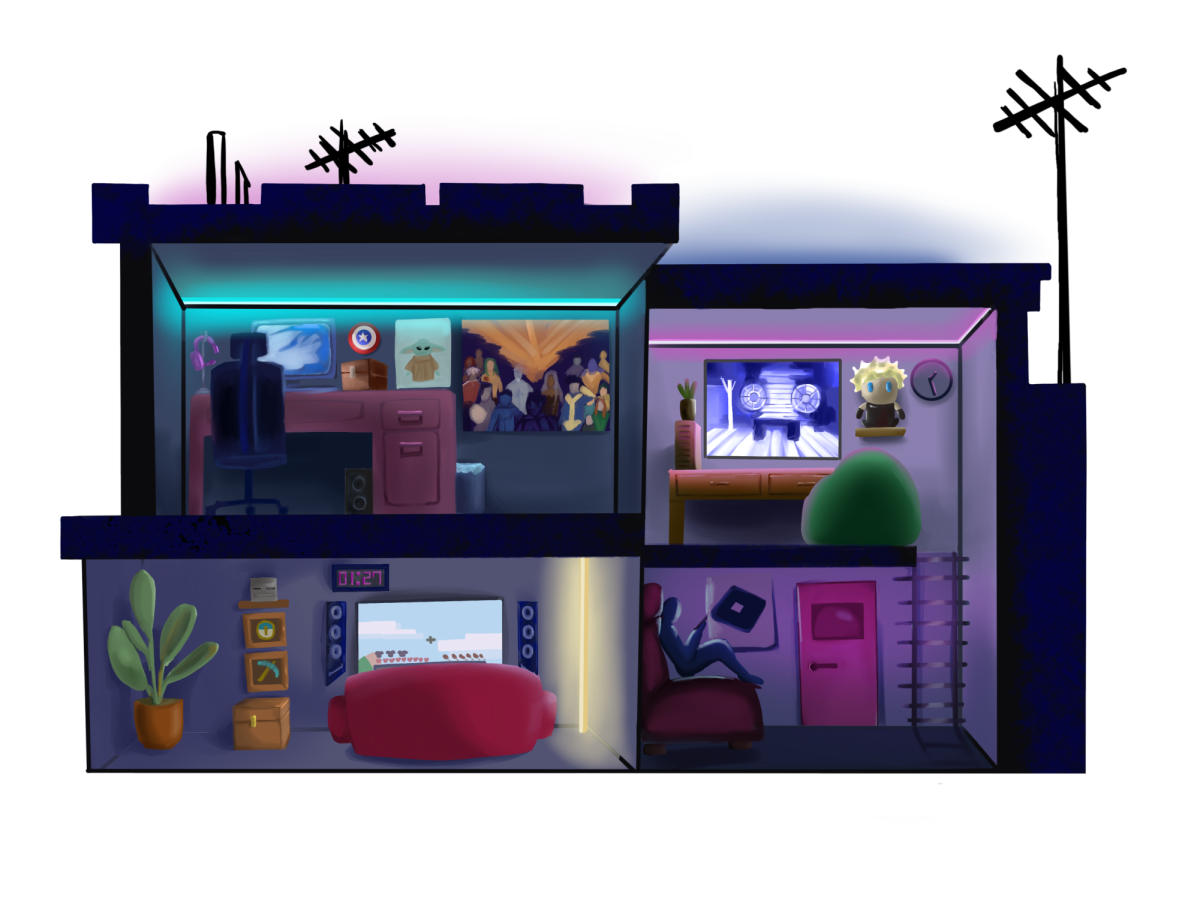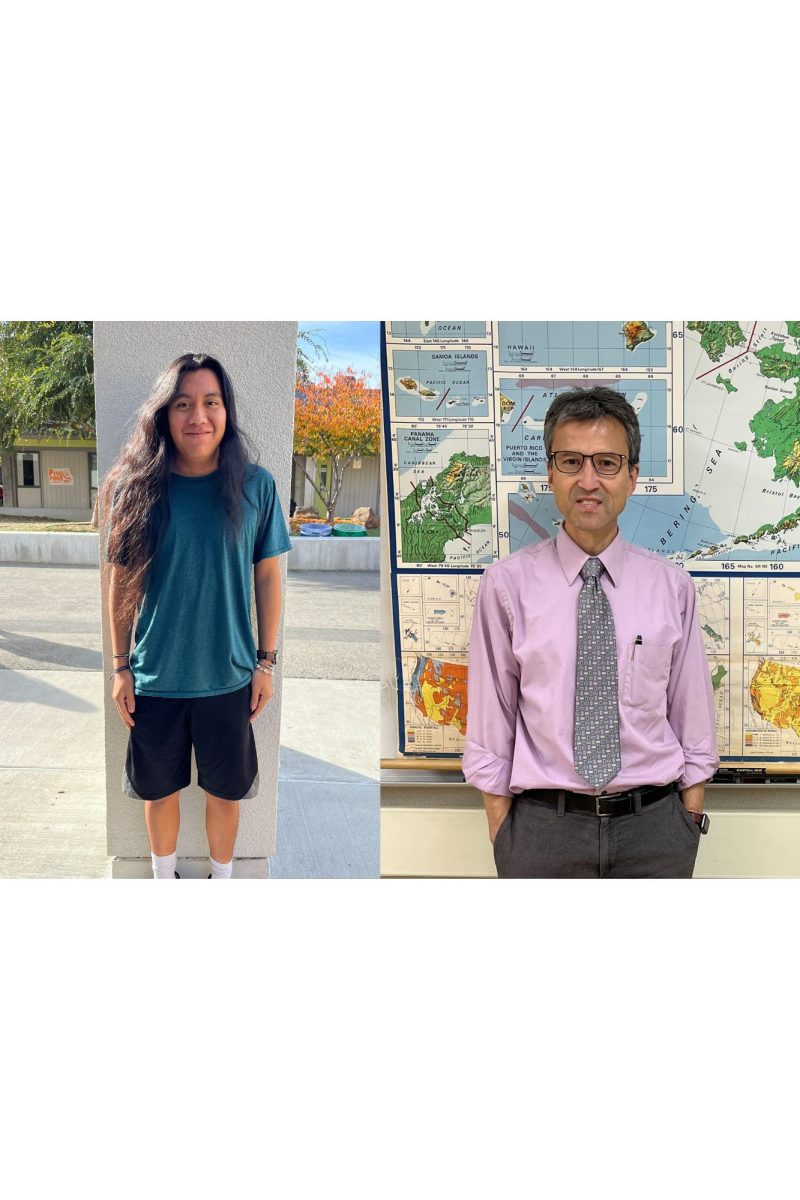Written by Caroline Ro
Hope is finally in sight for Californians after the disappointing levels of El Niño rainfall in 2016. The state has been hit unexpectedly by winter storms and heavy rains over the past few months, greatly mitigating the long-standing drought. Governor Jerry Brown first declared a state of emergency in California in January 2014 after several past winters of record-low rainfalls and forest fires. At the time, nearly 100 percent of the state was classified as a D0 (abnormally dry) to a D4 (exceptional drought) level drought zone, and by the second half of 2014 around 60 percent of the state was in a D4 drought. The percentage of D0-D4 areas saw little change throughout 2015 and much of 2016, until showers in October of last year saw this number drop steadily to 90 percent and 80 percent. The percentage of dry areas then fell drastically to 60 and since the start of 2017, to 50.
In an attempt to counter the drought, Brown required statewide water usage to decrease by an average of 25 percent, and failure to comply resulted in hefty fines. Beginning as early as 2011, Palo Alto Unified School District (PAUSD) began its own district-wide water conservation program and took steps such as replacing regular-flow aerators in sinks with low-flow alternatives and decreasing irrigation for decorative spaces. Procedures such as power-washing the campuses and washing buses were maintained during conservation efforts, however, to “maintain pride of ownership” in district facilities, PAUSD Energy Specialist Rebecca Navarro said.
On Jan. 23 of this year, Brown once again declared a state of emergency in California, but this time it was due to flooding, mudslides and other damage that the recent storms have brought on. Despite how optimistic the future of California’s drought seems, the Water Resources Control Board declared early February that all existing water conservation regulations would be maintained reconsidered in May. As of now, it is too early to determine whether or not this trend of wet winters will carry over and continue on into future years and eventually bring the state out of drought. Thus, Navarro recommends that students and residents keep their conservation efforts.“The biggest thing is to become a set of eyes and ears for waste, specifically looking for things that are not working as they should be,” Navarro said.












